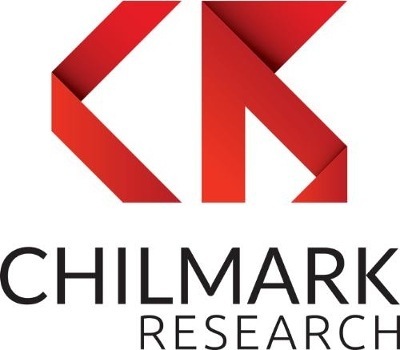
Prior Authorization is often viewed as the poster child for throwing the Quadruple Aim off balance with its pursuit of cost reduction at the expense of provider experience, but the latest research from Chilmark Research shows that new PA models and maturing PA technology solutions could benefit both providers and payers.
Traditionally, primitive PA and its associated impacts account for the great divide in provider-payer relationships. The sheer volume of PA requirements is getting increasingly more onerous for providers, as payers attempt to stem cost pressures. Provider PA and payer PA suffer from redundant processes and staffing, burdening the industry with administrative costs in excess of $1 billion annually – despite significant opportunity to use technology to automate and alleviate the burden.
Tackling Prior Auth: New Solutions to Address Provider-Payer Friction provides an assessment of new prior authorization technology coming into the market, along with a detailed look at specific vendors. The report identifies prior authorization market trends, challenges encountered, and includes a specific focus on provider-payer convergence in this market segment. The conclusion offers projections of the future market trajectory for PA technology and vendors, as well as recommendations for providers when evaluating PA solutions.
PA solutions are on the cusp of a breakout moment, partially driven by both the growing adoption of value-based care (VBC) arrangements, as well as sophistication of new enabling technologies, including APIs, NLP, and AI. A new PA model is emerging that promises to deliver mutually beneficial results for providers and payers with far less pain, better integrating Clinical Decision Support, claims, and order workflows at the point of care.
With the dubious honor of being one of the thorniest pain points in provider-payer collaboration, and sitting at the start of the revenue cycle, PA is a logical starting point to establish greater provider-payer convergence. Chilmark Research projects that this new evolution in PA technology will serve as a petri dish for greater forms of convergence that will then spread to other VBC strategies.
“Providers and payers will be challenged to step outside past perceptions surrounding the PA process, to look with enthusiasm upon new solutions in the market for innovation to improve results, building new levels of trust in the process.,” according to Jennifer Rogers, Chilmark Research analyst and author of this report, “We project that progressive convergence of provider and payer UM proficiencies and technologies will transform the entire PA function over the next 5 years.”
Based on briefings with 11 vendors as well as extensive secondary research, this Market Scan Report from Chilmark Research investigates the market and technology challenges in this high-stakes market sector. The report answers the following questions:
· How is PA evolving for providers and payers alike, given the growing expansion of VBC adoption?
· What is the current state of pharmacy and medical PA technology and process?
· Who is innovating in this space to improve the provider-payer experience and clinical and cost outcomes?
· What should healthcare organizations (HCOs) consider as they decide on a solution?
· Where do significant gaps remain that HCOs will struggle to fill?
Anyone interested in better understanding how both providers and payers can differentiate with automated PA, how such automation will increase mutual success with VBC arrangements, as well as evaluation criteria for specific vendor solutions, will gain strategic insight from reading Tackling Prior Auth: New Solutions to Address Provider-Payer Friction. HCOs, payers, healthcare IT vendors, consultants, investors, patient advocates, and others will also benefit from this in-depth research report.
